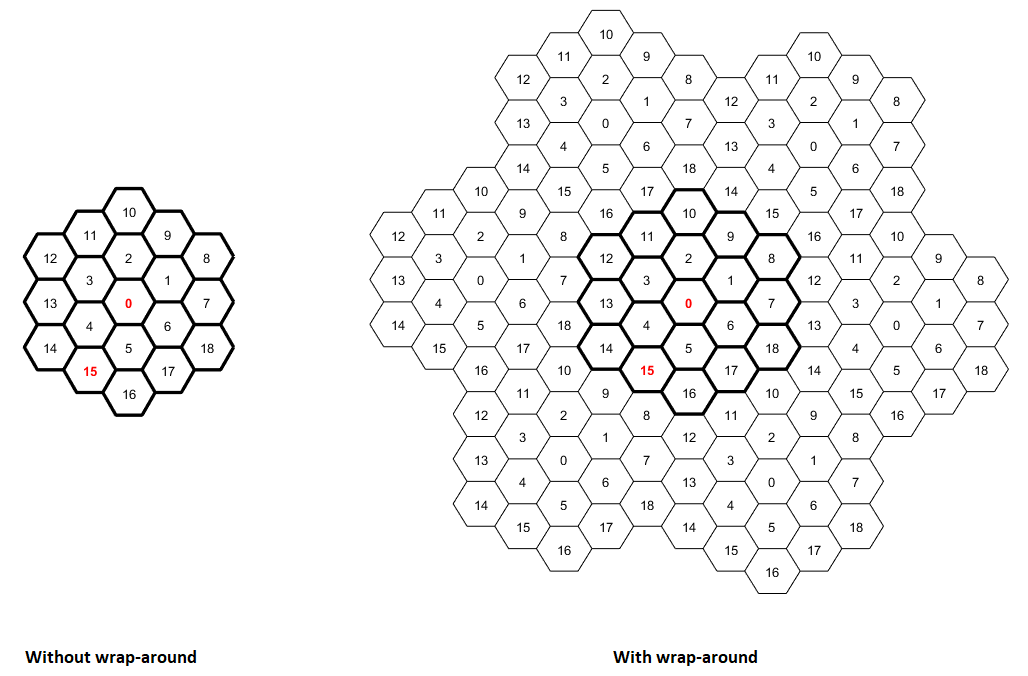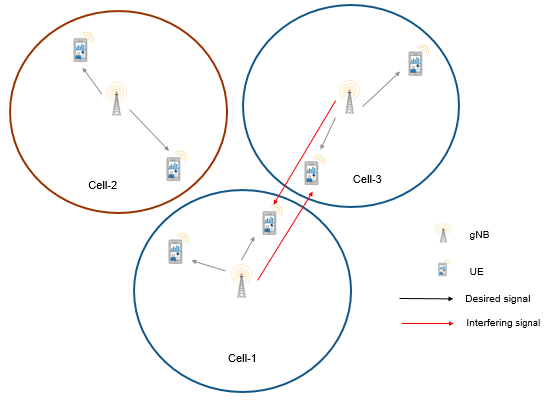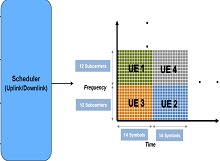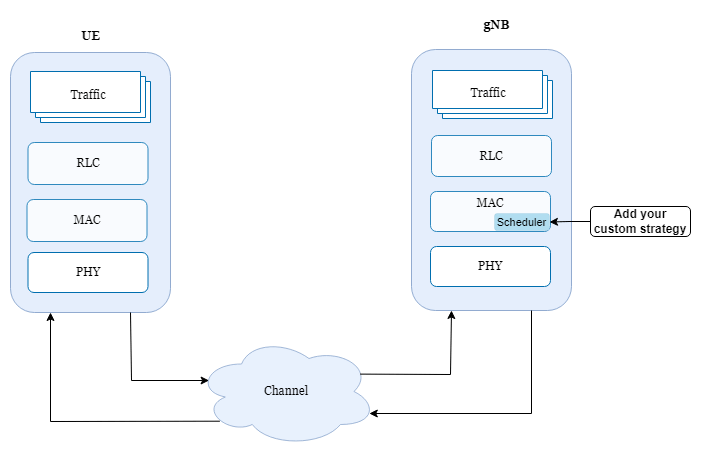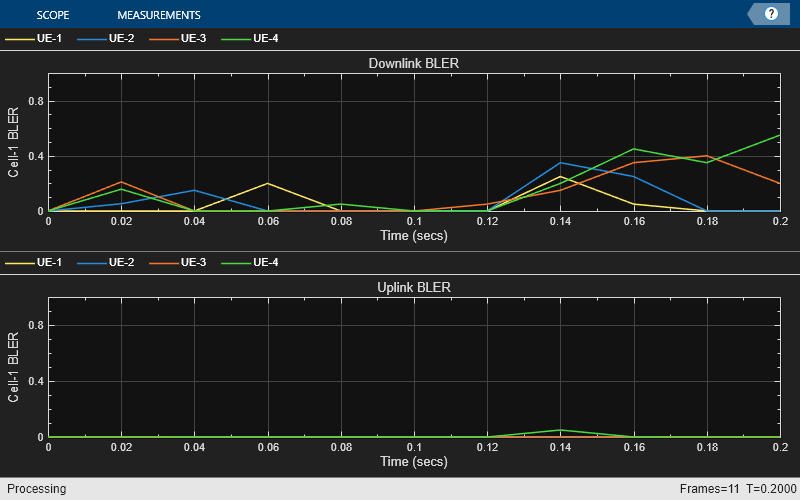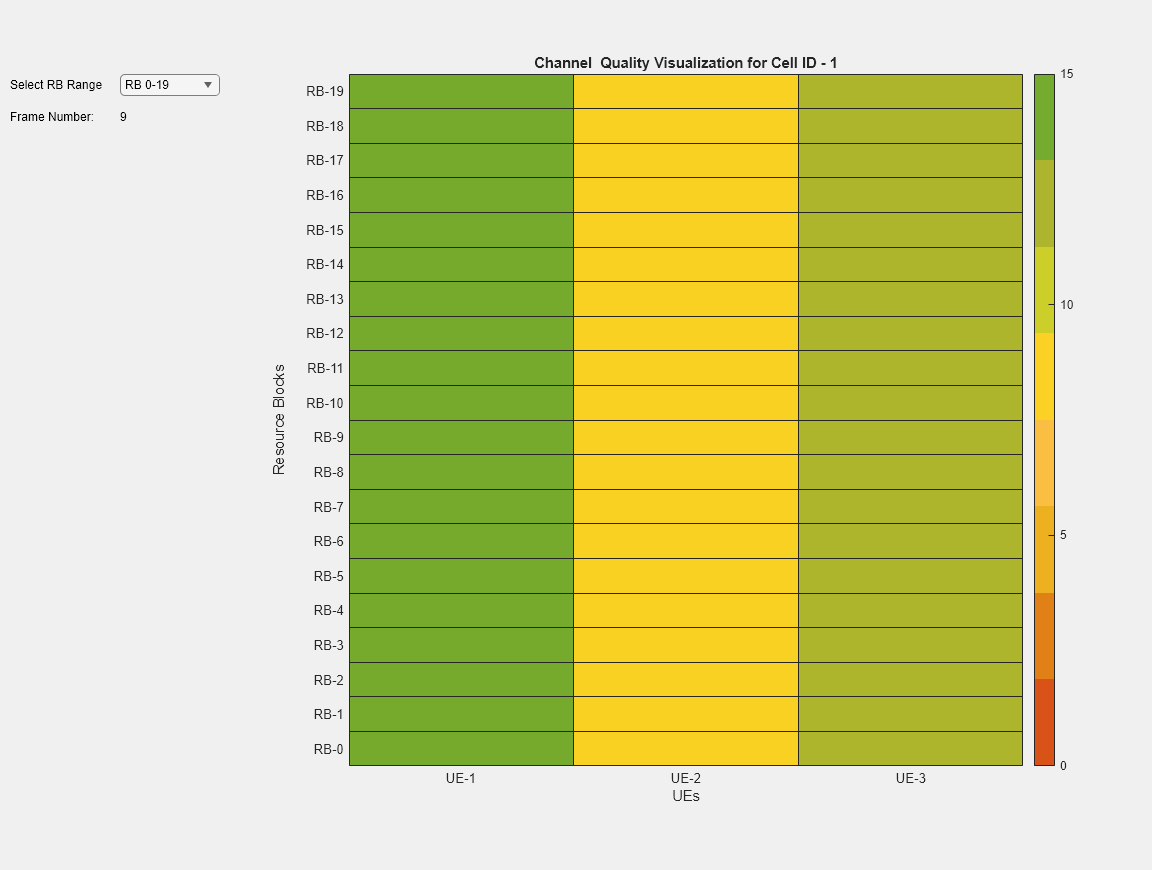系统级仿真
5G Toolbox™ 系统级仿真对多节点网络进行建模。这些仿真在包括物理 (PHY) 层、介质访问控制 (MAC) 层、无线电链路控制 (RLC) 层和应用层的协议栈上运行。利用 5G Toolbox,您能够通过使用 PHY 和信道建模功能或具有链路到系统映射的抽象 PHY 来对 NR (New Radio) 波形进行建模。您可以使用不同的数据流量模型、MAC 调度策略和 PHY 算法来评估网络性能。您还可以分析小区间干扰的影响,测量吞吐量、调度公平性、误块率 (BLER) 和频谱效率等度量,并使用可视化功能来探索网络的性能。此外,您可以将协议数据包导出到数据包捕获 (PCAP) 和数据包捕获下一代 (PCAPNG) 文件,以进行网络分析。
要使用 5G Toolbox 的网络仿真功能,请安装 Communications Toolbox 无线网络仿真库附加功能。
函数
主题
- Overview of 5G System-Level Simulation
Learn about the key 5G SLS functionalities in 5G Toolbox™, various aspects of 5G SLS modeled using these functionalities, and factors that affect the SLS execution time. (自 R2024a 起)
- Composition of NR Nodes
Learn about the composition of NR nodes.
- Overview of NR Scheduler
Explore various aspects of a new radio scheduler.
- Communication Between gNB and UE Nodes
Learn about the communication flow between the gNB and UE nodes.
- SRS-Based Downlink Channel Measurements for TDD System
Learn about SRS based downlink channel measurements for TDD systems.
- NR Node Statistics
Learn about NR node statistics. (自 R2024a 起)
- Wireless Network Simulator
Learn how the wireless network simulator object works.
- Generate Periodic, Bursty, and Random Traffic in Wireless Network
Learn how to generate periodic and bursty traffic.
- Plug Custom Channel into Wireless Network Simulator
Learn how to plug a custom channel into the wireless network.
- Simulation Visualizations
Learn about various simulations visualization across MAC, RLC, and PHY layers.



